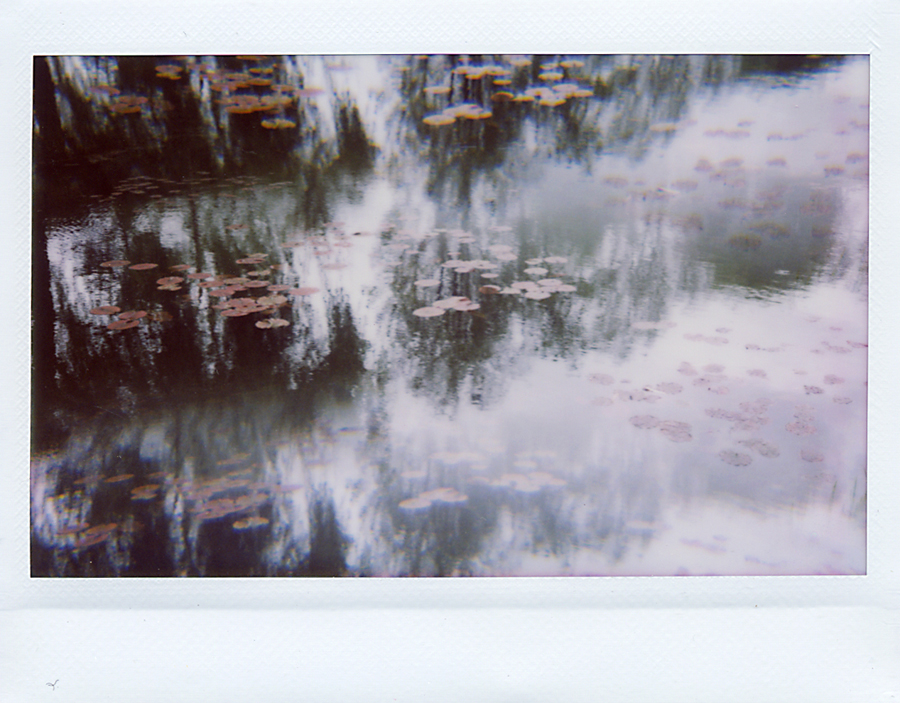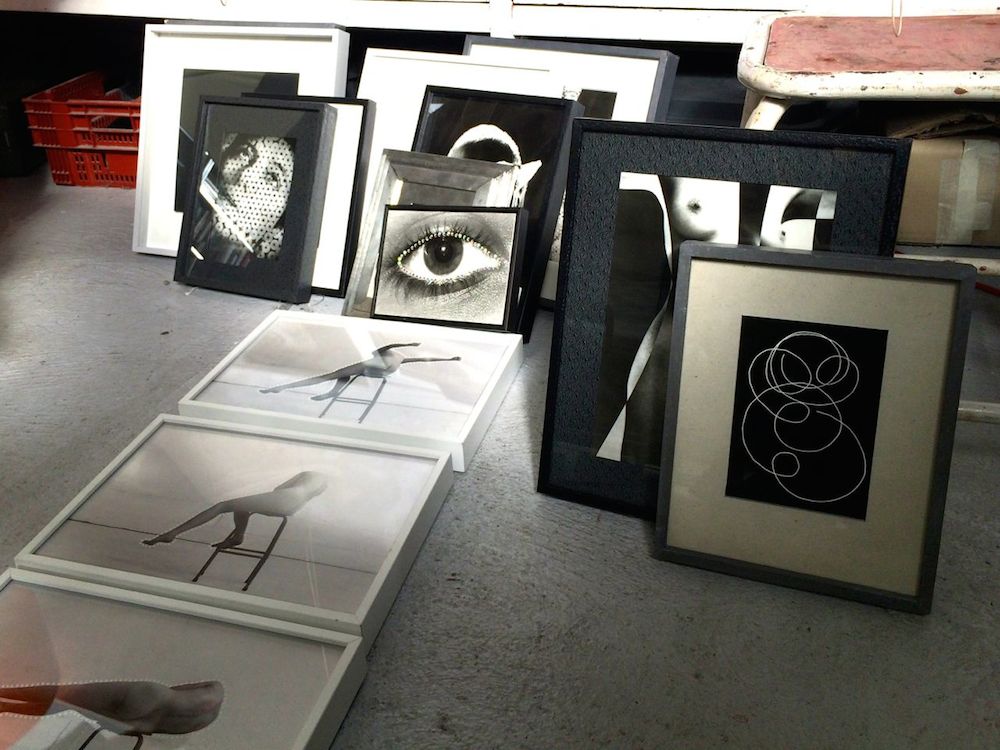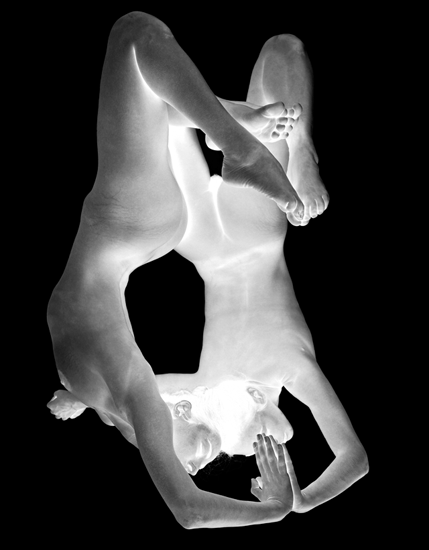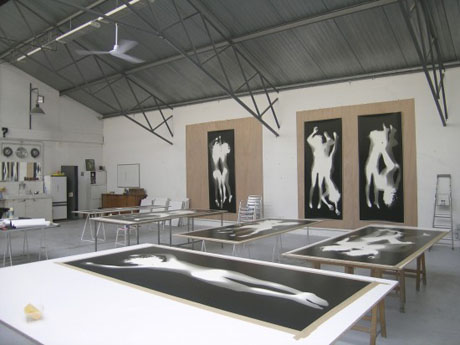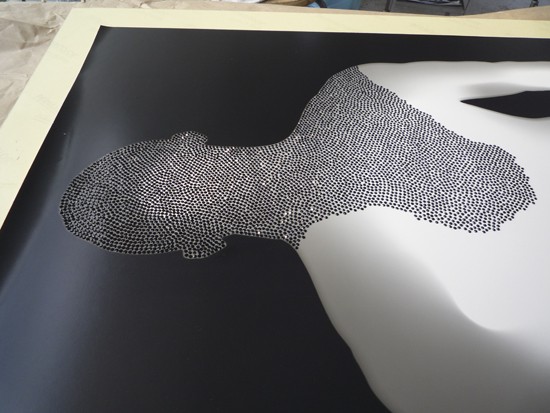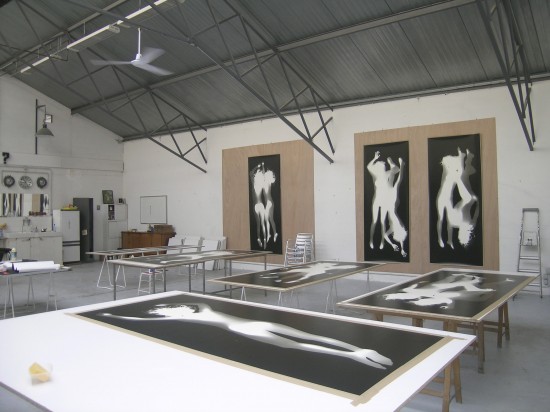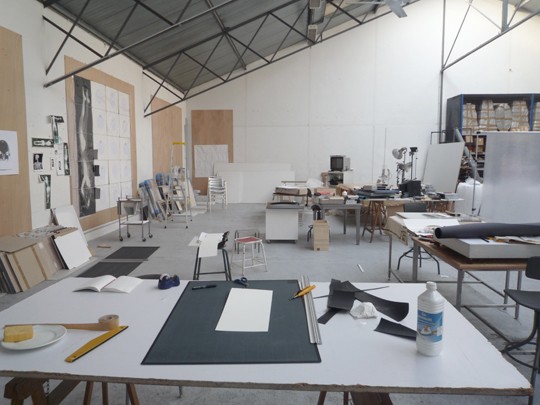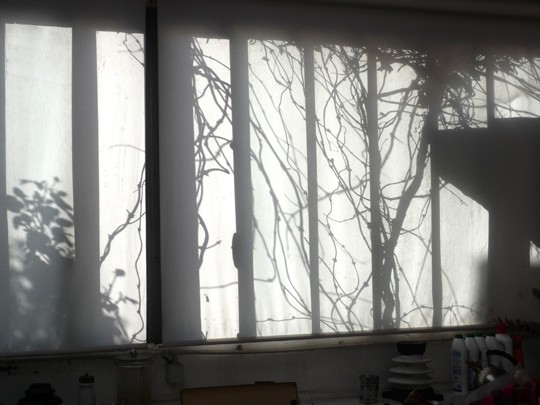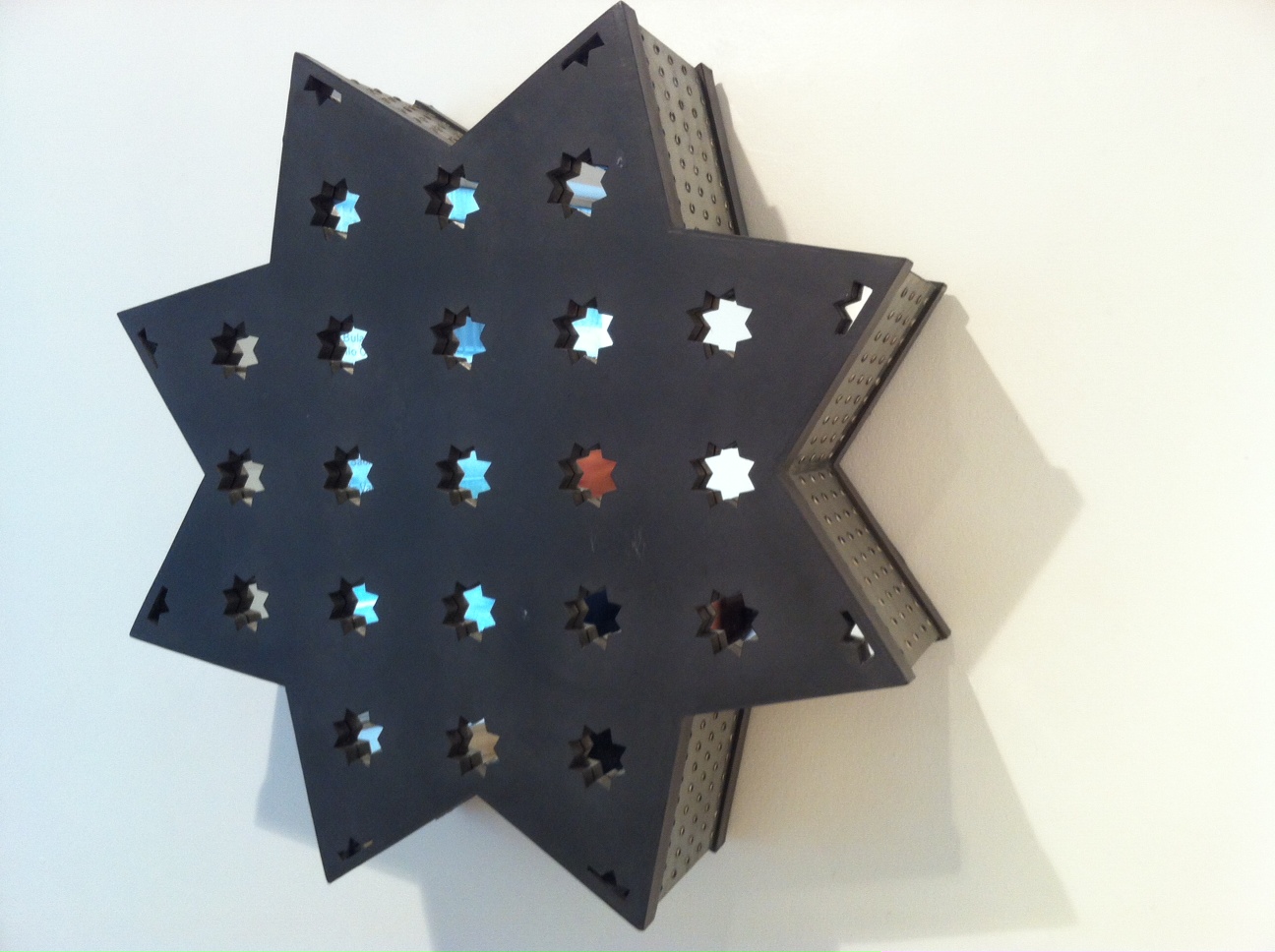In his large atelier just outside of Paris, Henri Foucault makes monumental pieces like the 25m installation realised for the Venice Biennale in 2005. It illustrates bodies either falling or floating, depending on your perspective. Foucault was honoured with a retrospective at Monnaie de Paris in 2008.
He's currently at work on an installation for Monet's gardens at Giverny, due for exhibition in 2015, inspired by the individual plants and ponds in that glorious place.
While Henri Foucault (b. 1954) trained as a sculptor at the Ecole nationale supérieure des beaux arts in Paris, he has become famous for his photography. This is in part because he uses photography as a medium for sculpture.
His favorite inspiration is the human form, and especially the moving body, the body of dance. His works are multidimensional and unreproducible. Foucault often uses solarization, making each photo unique and true of works of art.
Foucault gives volume and shape to his photographs using traditional sculptural techniques: adding or subtracting material. Over the years he has experimented with various treatments of the prints. He perforates some photos, cuts into them, sometime adding others underneath to create a moiré effect.
He also underscores forms in the prints with intricately inserted pins or carefully-mounted Swarovski crystals. The reflection of the light in the head of pins and the crystals create another play with volume and movement.





